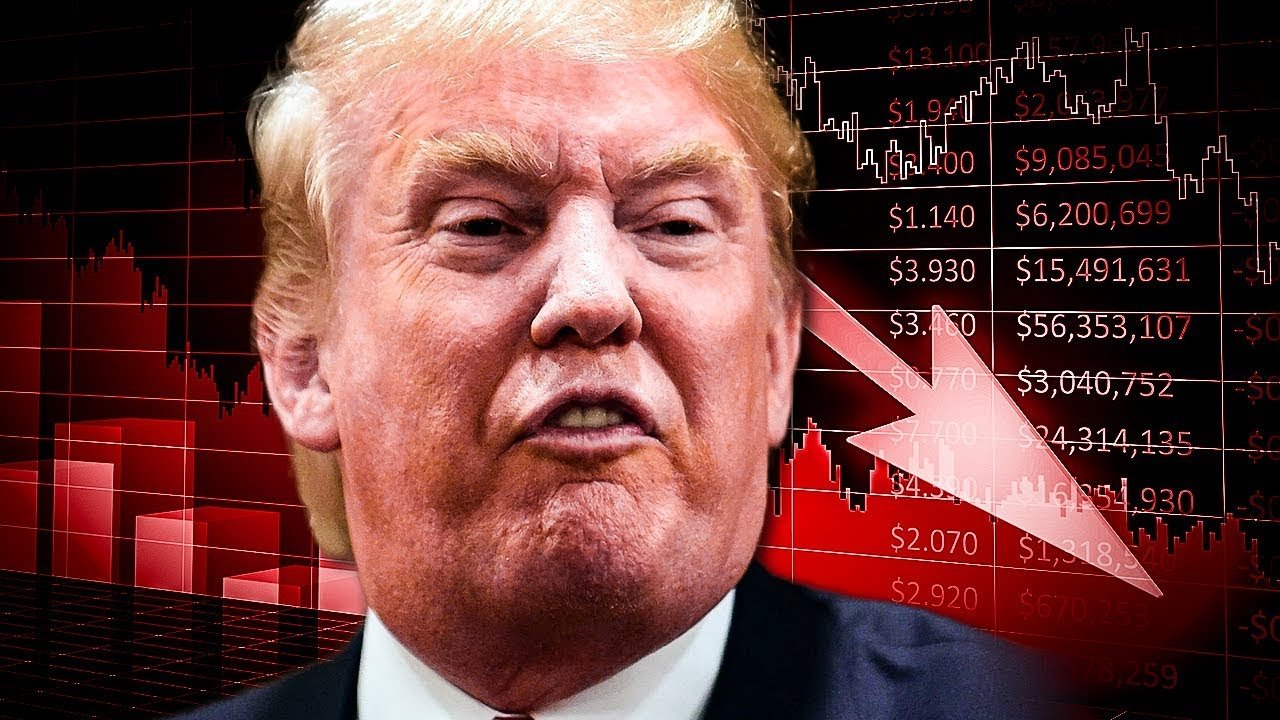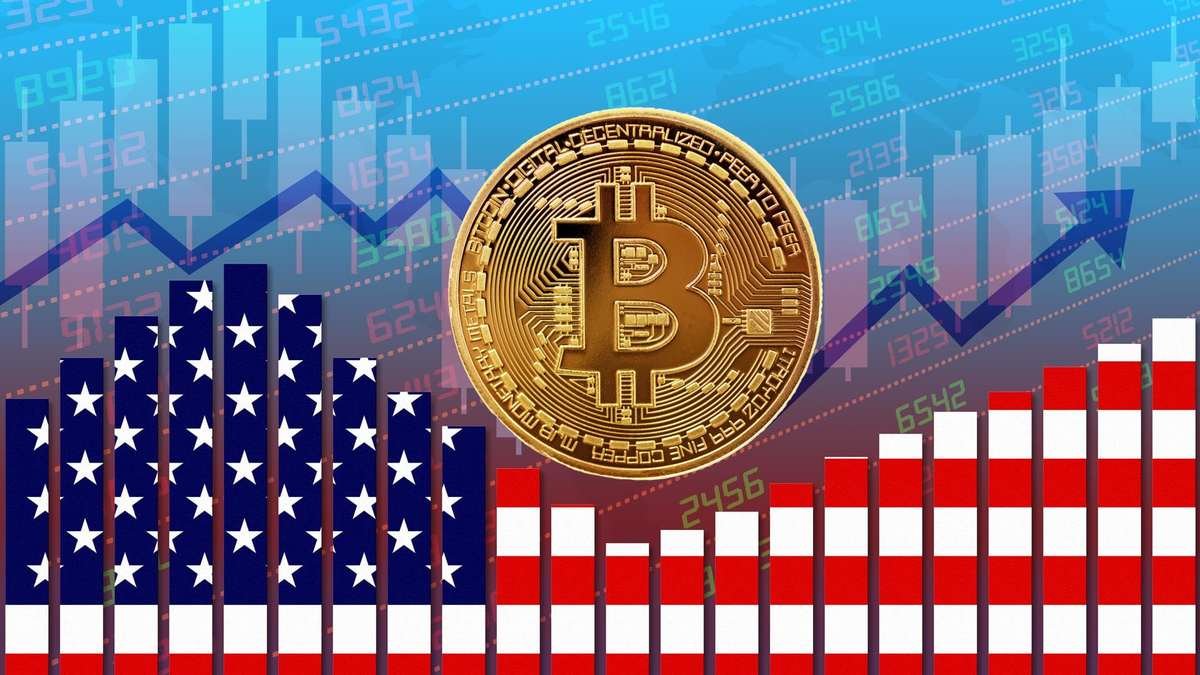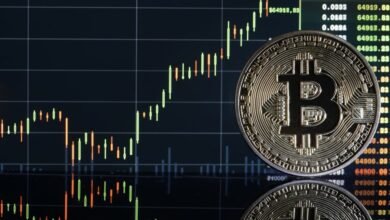Bitcoin Falls Below $100,000 Amid Tariff and Economic Uncertainty

Today, the cryptocurrency market has experienced major swings, and Bitcoin’s price has dropped below $100,000. This drop occurs while Tariff and Economic Uncertainty is at an all-time high, fueled partly by fears of trade wars resulting from Trump’s tariff proposals. Market watchers closely monitor these developments because forthcoming economic indicators, such as the Personal Consumption Expenditures (PCE) statistics, are closely monitoring these developments.
Bitcoin Drops to $104K
After briefly climbing beyond $110,000 earlier this month, the top cryptocurrency, Bitcoin, recently touched the $104,000 level. Factors such as investor mood, geopolitical tensions, and overall economic conditions contribute to the market’s volatility. The present market environment makes investors nervous, and Bitcoin’s history of strong increases followed by abrupt declines over the last several weeks reflects that.
Trump’s Tariffs and Market Woes
The pronouncements made by former president Donald Trump about tariffs, among other recent political events, have contributed to the already unstable market. A return to the trade war of yesteryear may be in the cards, as Trump has proposed reimposing duties on several imported items. Inflationary pressures and increased spending are possible outcomes of tariffs, which might raise prices for everyone. In such a situation, riskier assets like Bitcoin become less attractive.

Investors are being extra careful because of the possibility of tariffs, which has caused a flight to safer assets. Cryptos take a hit when investors reevaluate their holdings in response to economic policy signals that the economy could be under pressure. Due to the interrelated nature of the market economy, investors are analyzing the worldwide and domestic ramifications of any trade disruptions.
PCE Data and Bitcoin’s Volatility
The imminent disclosure of the PCE data will only heighten the existing air of mystery. The Federal Reserve relies on the PCE report when making monetary policy choices. Because it shows trends in consumer spending and inflation, the personal consumption expenditures index is of special interest to investors. A rise in interest rates by the Federal Reserve in response to high inflation might dampen enthusiasm for Bitcoin and other speculative assets in the market.
If the PCE shows signs of inflation, the Federal Reserve may feel even more pressure to keep or raise interest rates. Like other risk assets, Bitcoin may see higher volatility due to this possible tightening of monetary policy. According to analysts, the market is expected to respond strongly to the data, which could stabilize Bitcoin’s price if the numbers show low inflation or a worsening of its slide.
Crypto Mood Amid Uncertainty
The mood of cryptocurrency investors changes in response to broader Tariff and Economic Uncertainty cues. The present climate of dread over Trump’s tariff proposals and the forthcoming PCE statistics has heightened uncertainty. Until more definitive economic data becomes available, many traders wait and avoid making major investments.
There is much discussion on cryptocurrency trading platforms and social media about how Bitcoin’s long-term fundamentals, including its supply cap and growing acceptance, will eventually triumph over the short-term storms in politics and the economy. Still, others are wary and worried that a correction could cause Bitcoin to take a nosedive.
PCE Data Tariffs and Bitcoin

Future outcomes are possible depending on the PCE data and the current political atmosphere around tariffs. If the PCE data shows hotter-than-expected inflation, it could further drive the Federal Reserve to tighten monetary policy, which could reduce speculative interest in Bitcoin. Conversely, Bitcoin’s value might rise again if inflation data stabilizes. This would give investors faith in risky assets again.
Additionally, Bitcoin and other cryptocurrencies may reap benefits in the event that the widespread Tariff and Economic Uncertainty anxiety decreases, the tariff measures proposed by Trump are met with opposition, or the negotiations result in conclusions that are more favorable to the market.
In summary
Major movements are about to occur in the cryptocurrency market as Bitcoin remains flat at $104,000 due to concerns over tariffs and the highly anticipated PCE report. Investors and traders are strongly encouraged to keep themselves updated on these developments since the price of Bitcoin is becoming increasingly economic, as in the past; the complex web of relationships between policy choices, Tariff and Economic Uncertainty data, and market sentiment will determine the future of cryptocurrencies. Everyone considering or investing in Bitcoin must keep up with these developing events to make sense of this unpredictable landscape.
[sp_easyaccordion id=”3848″]




